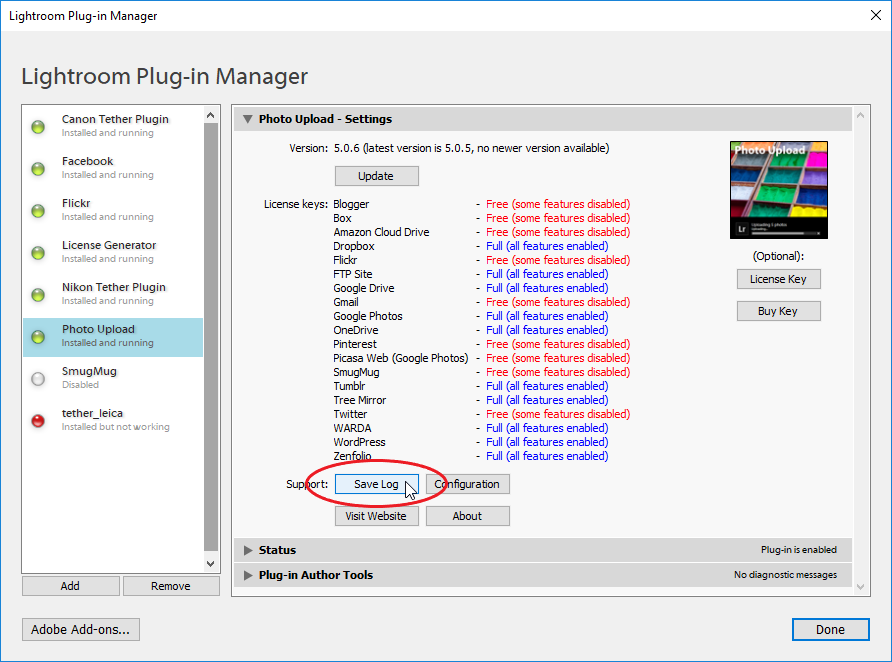


Depending on their development, autonomous forms of organization such as this could one day have the same legal status as traditional companies. Furthermore, the continuing development of the rules could theoretically be fully or partly taken over by artificial intelligence.

Within this, people can organize themselves and even change the rules in the contracts in accordance with democratic principles-meaning the structure does not need a human owner. These “smart contracts” form the basis for the DAO that operates the meditation pod. So a large number of people-or digital systems-can coordinate for a specific purpose without the need for hierarchical structures or human mediation. The organization of this computer-supported self-governance is based on blockchain technology, which promises enormous potential for decentralization: for example, it enables contracts to be concluded without a central, highly trusted authority, such as a bank or government, vouching for it (cryptocurrencies rely on the same idea and technology). In theory, it could not only call someone itself for repairs in the event of damage, but even legally own itself, facilitated by a decentralized autonomous organization (DAO) linked to the building. In future, the intention is for its income to take the form of the cryptocurrency Ethereum-the current test version does not cost real money-and to be held in an account (wallet) controlled by the building itself. The name of the project, “no1s1” (pronounced “no one’s one”), provides a clue: the meditation room is a prototype for a building that belongs to no one. The larger vision starts at a level above the immediate experience of the room, when we look at the way the hut functions and is organized.
LIGHTROOM 5.2 TESTVERSION CODE
The pod grants access automatically when a QR code is presented, which is practical. The solar-powered meditation cabin functions autonomously and anyone can book it online for a certain time period in order to meditate. The small vision might look something like the hut in the Student Project House. The vision mentioned can be a very small one or a very large one, explains Wang. “It touches all parts of society and turns many of our basic assumptions upside down.” Now Wang is a doctoral student with the Chair of Innovative and Industrial Construction, which deals with topics such as new technologies, governance strategies and organizational models for construction processes. “It’s a powerful vision,” believes Hongyang Wang, who began working on the project when she was a Master’s student. However, the visionary idea on which the wooden construction is based cannot be seen at first glance. It is decorated with LED lights, connected to a solar panel and has comfortable seats for meditation inside. The outward appearance of the small, prism-shaped hut in the recently opened Student Project House on ETH’s Zentrum campus is enough to arouse the curiosity of anyone looking at it.


 0 kommentar(er)
0 kommentar(er)
